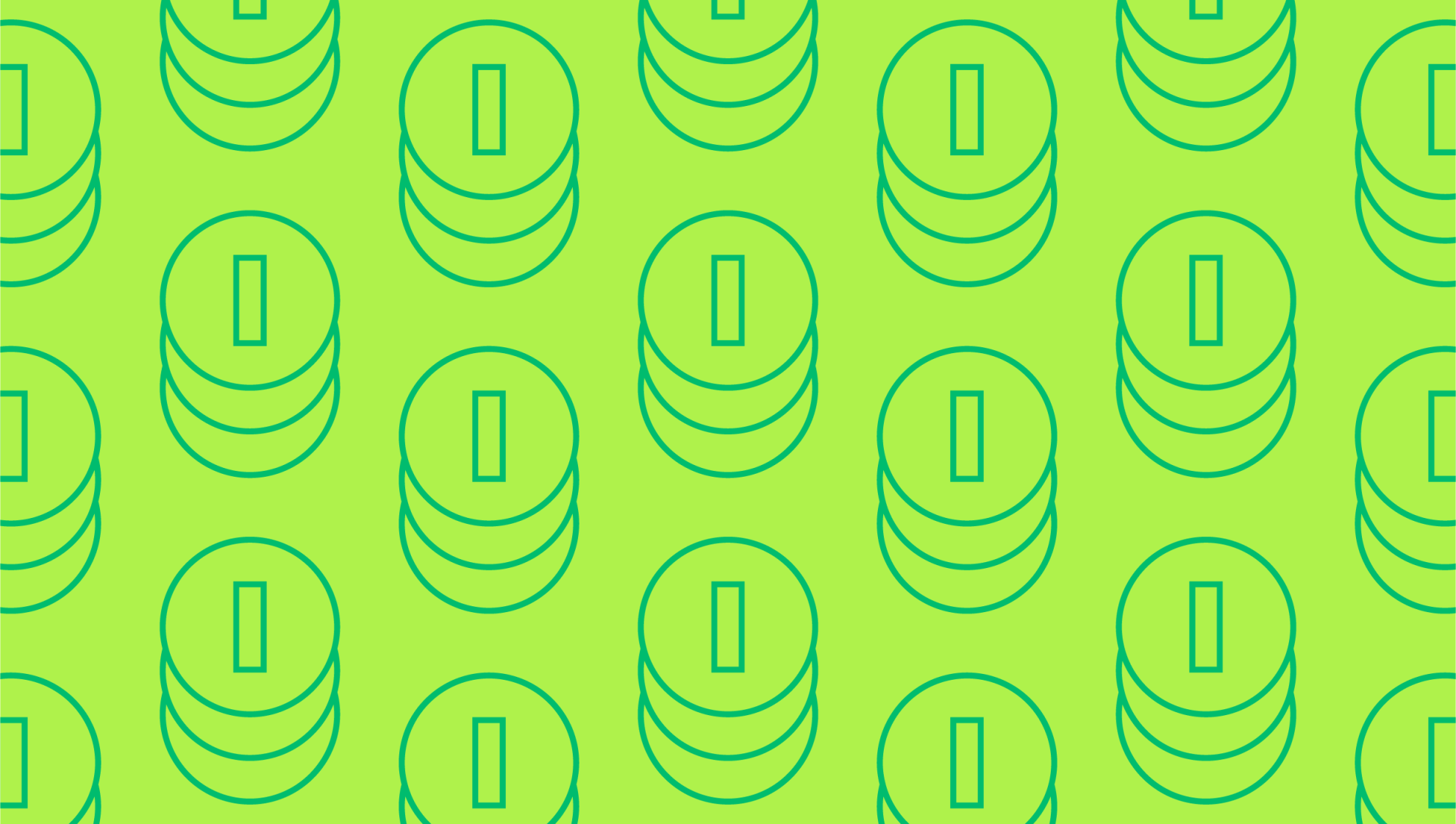Last editedAug 20202 min read
Every now and then, you may be left with unusual account balances in your accounting records. One of these unusual types of account balances is known as a “credit balance”. But what does a credit balance in accounts receivable (AR) mean? Find out more with our comprehensive guide to AR credit balances.
What does a credit balance in accounts receivable mean?
Essentially, a “credit balance” refers to an amount that a business owes to a customer. It’s when a customer has paid you more than the current invoice stipulates. You can locate credit balances on the right side of a subsidiary ledger account or a general ledger account.
What causes an AR credit balance?
There are many different reasons why you could be left with a credit balance in account receivable. For example, it could be because the customer has overpaid, whether due to an error in your original invoice or because they’ve accidentally duplicated payment. It can also arise when a discount on goods or services is provided after an invoice is initially sent, or when a customer returns goods after already paying their invoice.
Sometimes, an AR credit balance isn’t the result of an error, but a planned move by a company or business entity. For example, if you’re experiencing cash flow problems, you may ask a customer to make a deposit for goods or services to be delivered in the future. After receiving advance payment, you’d need to mark it in accounts receivable as a credit balance.
Example of a credit balance in accounts receivable
To give you a little more insight into AR credit balances, let’s look at a situation where a credit balance in accounts receivable could occur.
Imagine Company A accidentally duplicated payment for a service you provided to them due to an accounting error. This would result in a credit balance of £10,000, appearing in your accounting records like so:
|
No. |
Customer |
Balance |
|
1 |
Company A |
(£10,000) |
|
2 |
Company B |
£2,000 |
|
3 |
Company C |
£18,000 |
|
4 |
Company D |
£7,000 |
|
5 |
Company E |
£25,000 |
This means that Company A is an account payable, as money is owed to the customer, rather than the other way around.
Can you also have a “debit balance”?
Yes, in addition to credit balances, you may also encounter debit balances. Put simply, a debit balance is an amount that is owed to you by a vendor. There are a broad range of potential causes of debit balances. For example, you may have purchased materials from a vendor, but after receiving the materials, found that they were defective in some way. After returning the materials, the vendor may issue a credit memo, which gets recorded as a debit balance.
Managing your accounts receivable credit balance policy
It’s important to keep track of credit balances in accounts receivable. If you encounter AR credit balances on a regular basis, it may indicate that there’s a pattern of inaccurate billing from your accounting team. Once you’ve identified a credit balance, you need to work out what to do with it. In-depth guidelines should be outlined in your accounts receivable credit balance policy. If your client isn’t going to use the excess cash in their account, you can create a refund for them. You could also get in touch with the payee and offer upgrades or other services to justify the payment.
We can help
GoCardless helps you automate payment collection, cutting down on the amount of admin your team needs to deal with when chasing invoices. Find out how GoCardless can help you with ad hoc payments or recurring payments.


